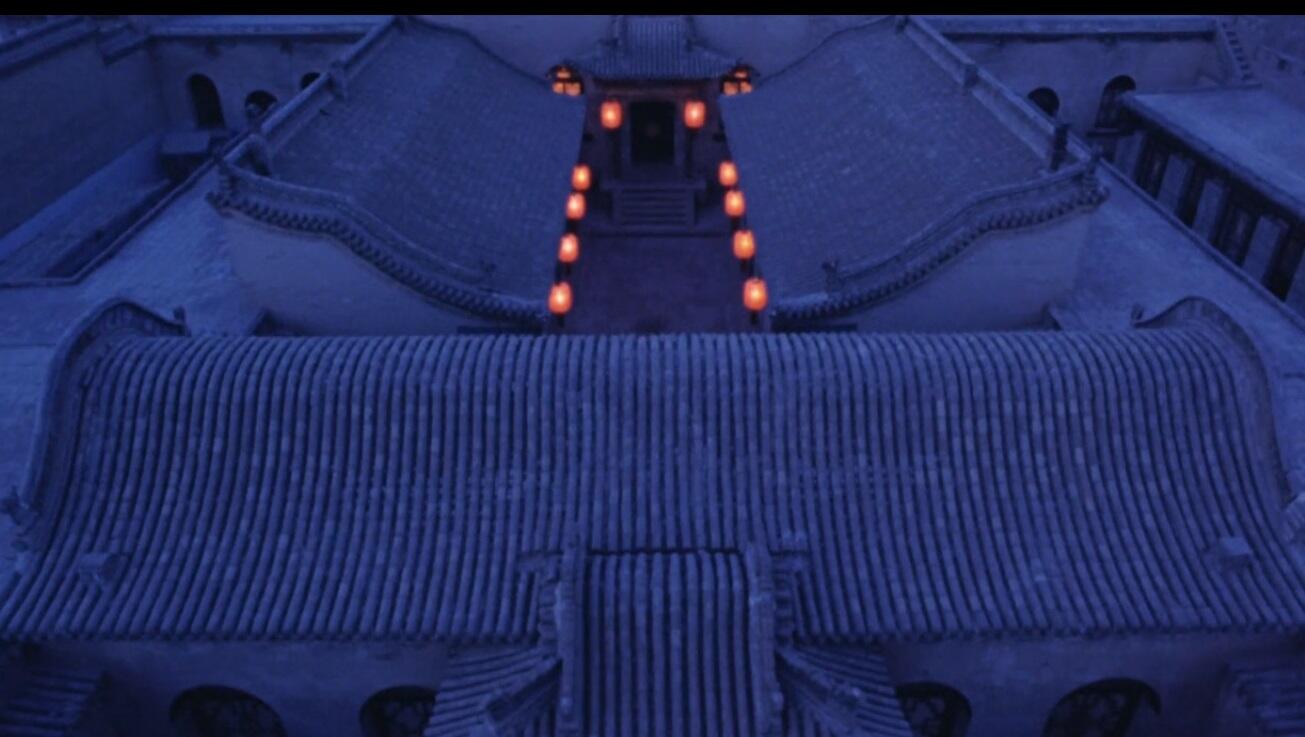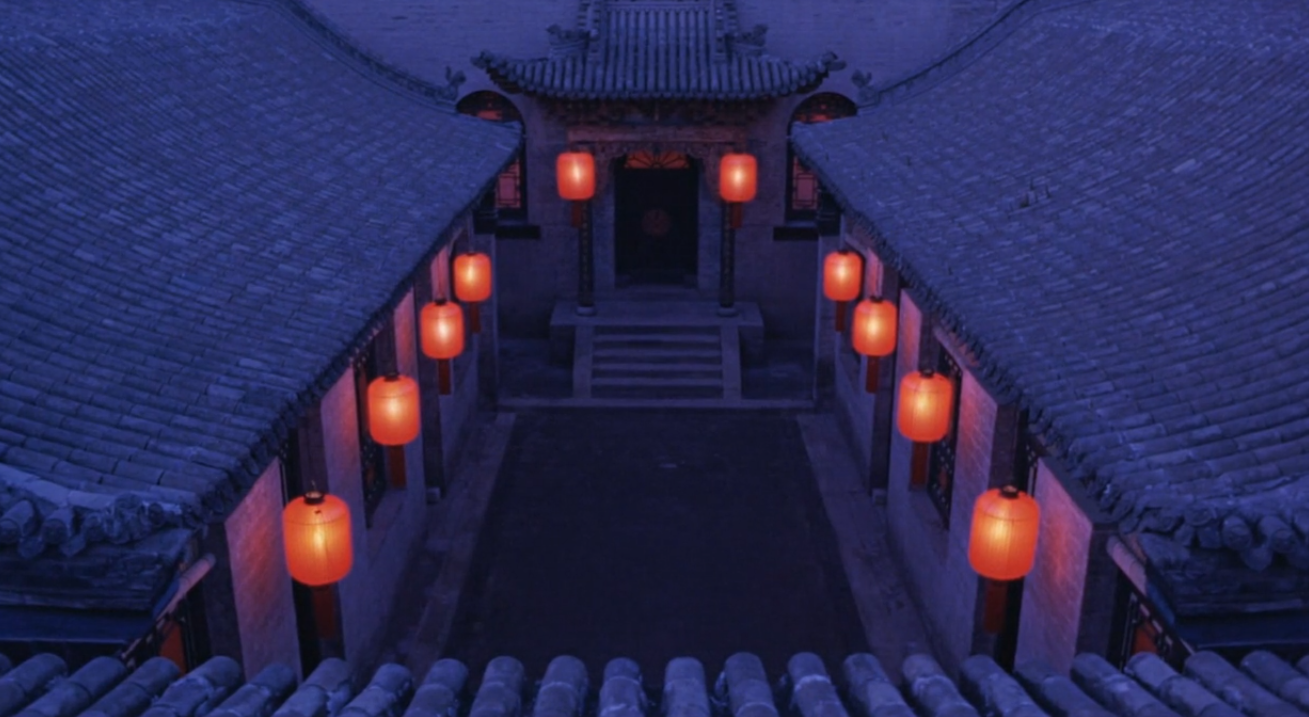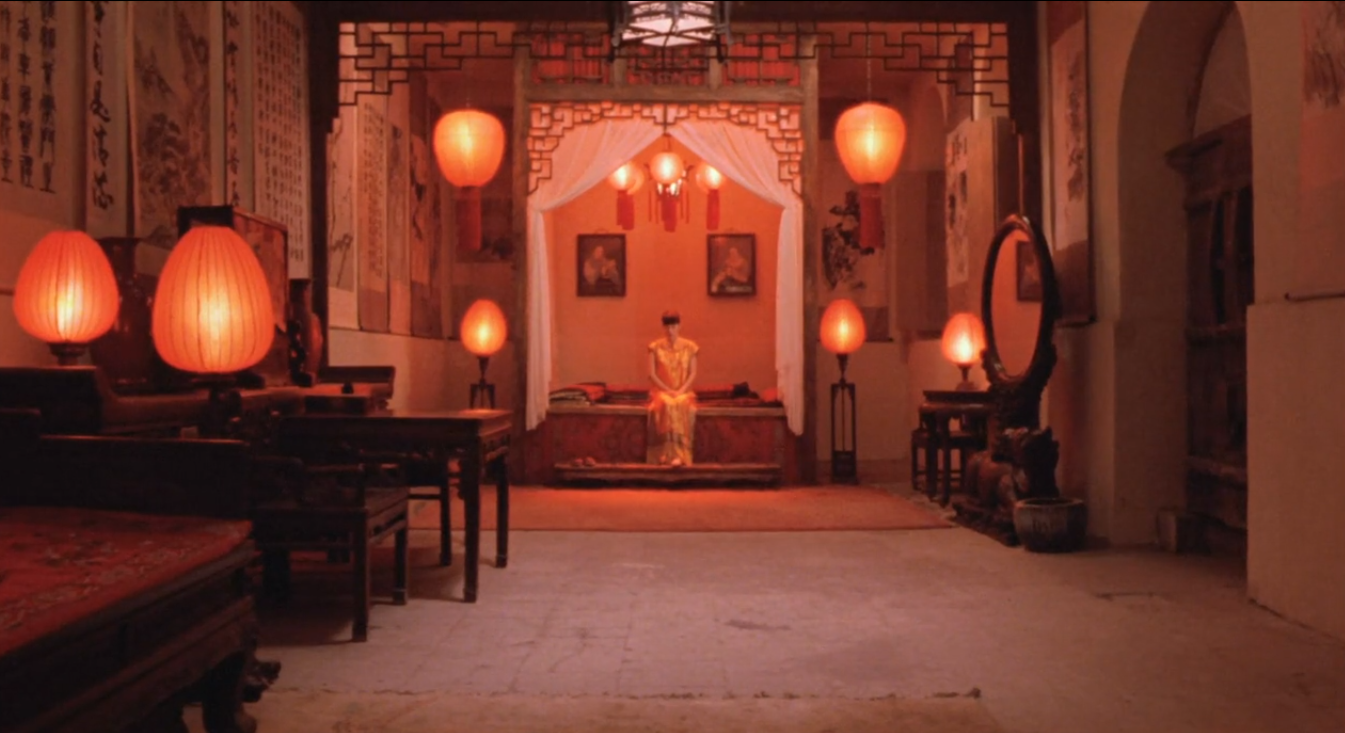Chinese civilization has one of the oldest and most captivating histories worldwide. It is characterized by such factors as order, obedience, traditions, and gender inequality. Not many people can comprehend and accept the essence of China and its culture, and films turn out to be one of the possible sources of information about the country. In this essay, attention will be paid to the movie Raise the Red Lantern (1991).
It was directed by Zhang Yimou, a famous Chinese producer and writer, and starring Gong Li, an internationally known Chinese-born actress. It is hard to define one common theme of the movie. The film raises such topics as family customs, power, money, sexism, human emotions, loyalty, and female guile. There are many scenes with red lanterns that underline the uniqueness of Chinese architecture. Raise the Red Lantern is a beautiful and simple story of a young girl with several complex issues represented through effective mise-en-scène and roof-top level shots.
Summary of the Film
A nineteen-year-old girl, Songlian, has to drop her education and marry a wealthy man to pay for the debts of her family because of the recent death of her father. She becomes the fourth wife (the Fourth Mistress) in the Chen family and enters the world where loyalty, sexism, and order cannot be ignored. Songlian wants to meet the expectations of Master Chen and establish certain relationships with all the wives without even guessing how cruel the outcomes of her behavior can be. As long as the girl stays in the house, she gets used to its customs, enjoys the opportunities offered to her, and takes as much as possible from her husband and her position of the youngest wife.
At the same time, deception and envy continue growing, creating other challenges and concerns. In their intentions to obtain as much of their Master’s attention as possible, the wives and their servants lie, betray, and disappoint the man, which results in the deaths, sickness, and madness of the main character. In the end, a new fifth wife comes to the house with the same customs, lanterns, and emotions to be represented.
Raise the Red Lantern Themes
A distinctive feature of Chinese culture and traditions is that people can hardly have the same attitudes towards the existing restrictions, high expectations, and unforgiveness of disobedience. In many modern democratic nations, male-centered society is usually criticized and misunderstood, whilst certain countries support the same type of relationships. However, the main point to be made about Raise the Red Lantern is not the role of men or women in society but the place a woman can obtain by following the already defined traditions and orders.
Songlian joins the family where history (a housekeeper kneeling the ancestors’ wall), customs (red lanterns to choose a wife for a night), and obligations (satisfaction of a Master after a foot massage) are followed. In the beginning, she does not find it necessary to follow the traditions and neglects to kneel before the ancestors, and does not enjoy the massage. With time, the director focuses on Songlian’s body, showing how confident and relaxed she feels, understanding the fact that she is the chosen one for the night.
Another peculiarity of the movie is the impossibility to differentiate the progress and degradation of people within the same community. On the one hand, when Songlian first comes to the house, she feels disappointment and frustration about the quality of life and behaviors of some ladies. Sometimes, it looks like she hides all her emotions and tries to bury them as far as possible. Songlian does not understand why such wealthy people have to follow all those orders or demonstrate all those whims, irritating each other.
On the other hand, she can neither guess what is waiting for her nor predict any changes. In a short period, she becomes involved in quarrels between the wives and the desire to gain Mr. Chen’s favor, saying about her fake pregnancy and unintentionally exposing others’ secrets. As a result, her actions lead to the death of a servant who was in love with the Master and the Third Mistress who was exposed to having loving affairs with a doctor.
Scene Analysis
All the scenes in the movie Raise the Red Lantern are closely connected to Chinese architecture, including building and roof constructions. There are many shots where the two types of roofs, multi-inclined and sweeping, depict the traditional structures developed by Chinese people. Although the style of buildings is calm and not picturesque, it helps to underline the role of lanterns in the film and prove its urgency for the characters and society. Yimou uses extremely long and long establishing shots to demonstrate the location and the environment in which the characters have to live and set up the mood, the time, and an overall situation (see fig. 1 and fig. 2).


Regarding the title of the movie and its initial goals and themes, the role of lanterns can be observed in a variety of other scenes. For example, Yimou introduces lanterns using high-angle shots to underline the power of men over them because they have to be lightened up after a final decision is made. On the contrary, many low-angle shots demonstrate the power of the chosen subject and promote a variety of emotions, like anger, confusion, or even confidence.
To a certain degree, a lantern can be compared with the concept of power in the movie. When Songlian only comes to the house, she does not understand the worth of a lantern close to her. She assists Yan’er, a servant, with washing and asks her about the reasons why so much light around without a thought that she or her arrival is the true reason. With time, Songlian changes her attitude towards Yan’er and cannot accept the fact that she may share the lantern with someone else, including the wives and the maid.
There are two more scenes with lanterns that have to be mentioned in this discussion of power and changes. During Songlian’s first meeting with the Master, she is surrounded by several lanterns in her room (see fig. 3). In this eye-level shot, the director intends to use a neutral effect on the audience with a chance to develop personal judgments and attitudes. Mise-en-scène is another technique that deepens an understanding of the situation in the film.
Songlian is sitting in the room with several lanterns being lit and a chandelier with several smaller lanterns centered above the bed. This scene tells a lot about the Chinese culture of the 1920s. Such a location of furniture, the light, as a symbol of family traditions, and the position of Songlian make the girl less important for the Master, innocent, and dependent on the circumstances.

A final scene introduces Songlian as a madwoman who has lost her interest in life, meaning, and power (see fig. 4). Again, a neutral tone is chosen to provide an audience with an opportunity to make personal conclusions and evaluations. The end is coming, and Songlian is emotionally trapped in the house where her actions and words caused the deaths of two women. Lanterns seem to be bigger than before, capturing the image of the character and showing that traditions, family history, and customs can never be neglected either in the family or in China.

Conclusion
Although Yimou chooses a simple location with no extraordinary backgrounds and techniques, Raise the Red Lantern should be interpreted as a visually complex movie with several strong and significant topics. Some oppressed women struggle for attention and recognition. Some powerful men make decisions without respecting anyone but their needs only. Finally, some lanterns continue lighting regardless of time and consequences and proving the stability of Chinese traditions. Camera shots and mise-en-scène are the properly chosen techniques that deliver the message of the director and underline the role of each character in the film.
Work Cited
Raise the Red Lantern. Directed by Zhang Yimou, performances by Gong Li, Ma Kingwu, and He Saifei, Orion Classics, 1991.